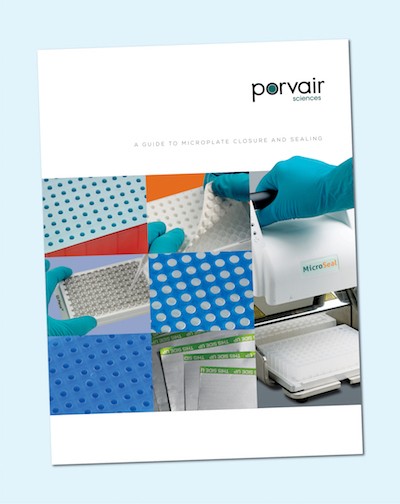Members Login

Channels
Special Offers & Promotions
Guide to Microplate Closure & Sealing
 Porvair Sciences, in conjunction with sister company – JG Finneran Associates Inc., has produced a new informative guide to assist lab scientists select the optimum seal and closure device for different types of microplate.
Porvair Sciences, in conjunction with sister company – JG Finneran Associates Inc., has produced a new informative guide to assist lab scientists select the optimum seal and closure device for different types of microplate.
Choosing the correct combination of seal and closure device for each type of microplate is important to achieving best laboratory practice and to avoid unnecessary work further downstream. Microplates are a convenient method for storing, transporting and handling compounds and samples, but they have common problems associated with them. Evaporation can occur from the wells of the plate which can affect concentration readings. Contamination from dust, spores or other atmospheric detritus may occur and spillage is a constant danger whenever microplates are used for transport. Add to this the general risks of cross-contamination in the denser formats such as 96- and 384-well plates and it is easy to see why the most effective seal and closure device are an important consideration.
The guide discusses the different benefits of the most common types of reusable microplate closures (rigid lids, friction seals and cap mats) and single-use closures (thermal and adhesive seals). An introduction is also provided to Porvair Sciences extensive range of manual and automated microplate capping and sealing devices.
An easy-to-use selection chart is included to enable you to choose the best microplate seal, mats or lid according to your application, need for short or long-term sealing, microplate well format or whether you are using a manual or automated closure device.
Media Partners


